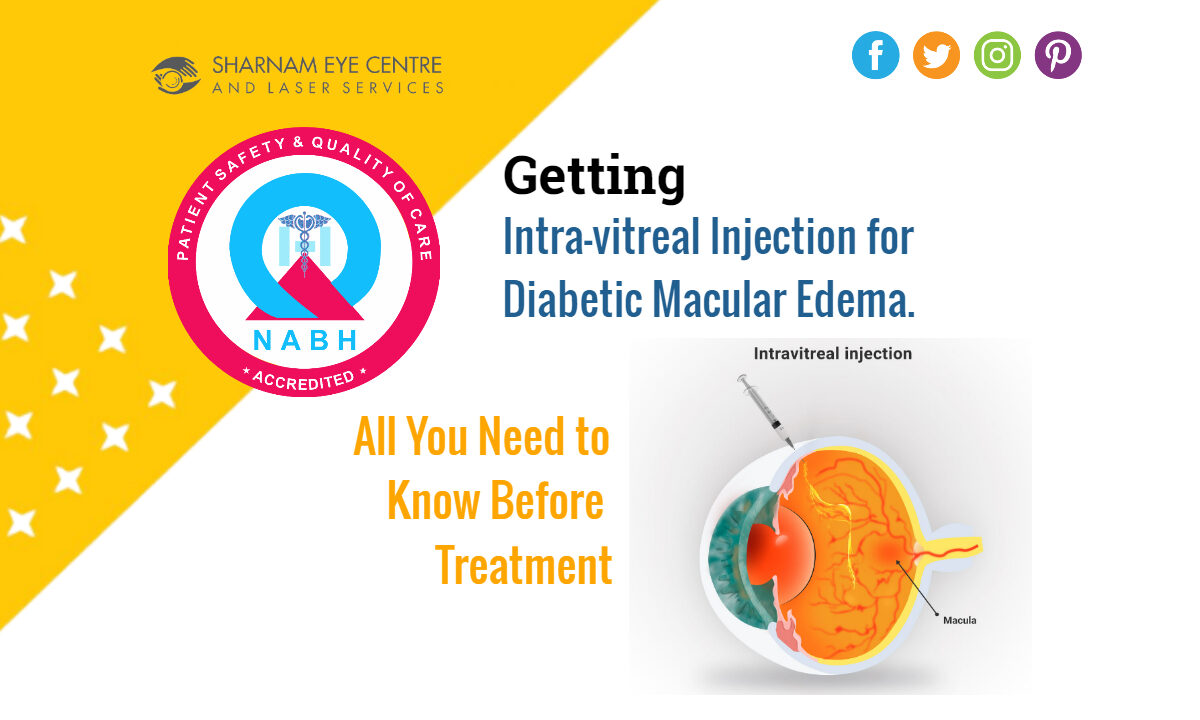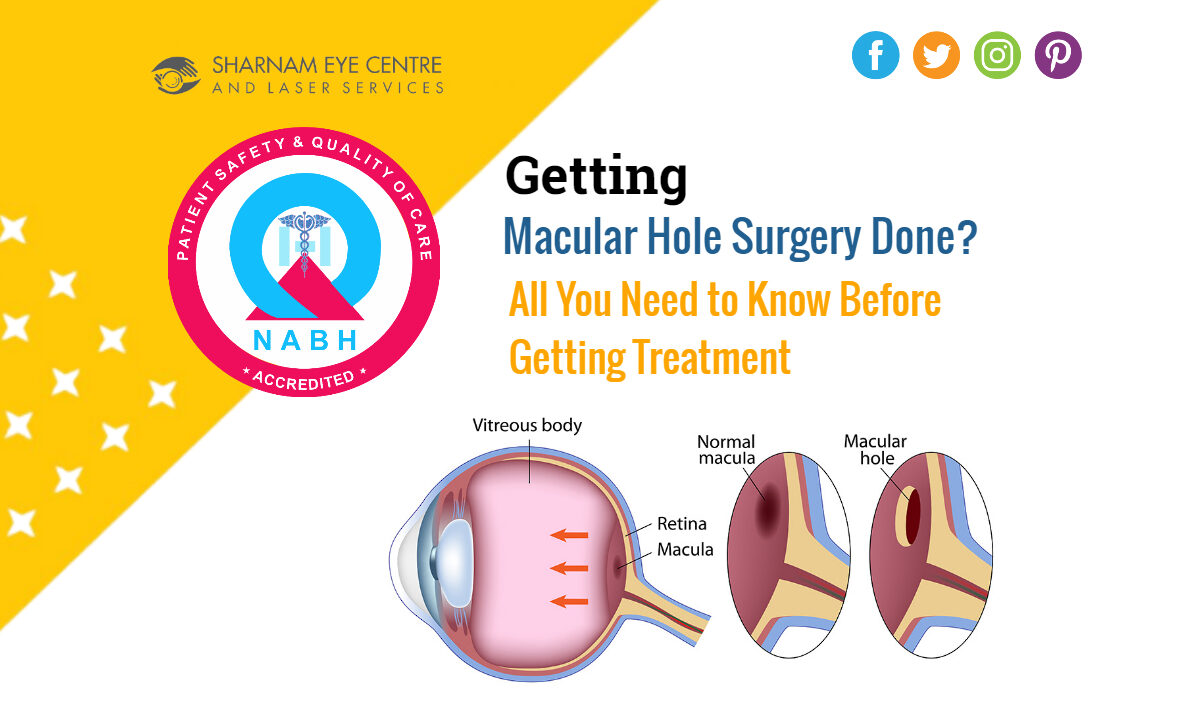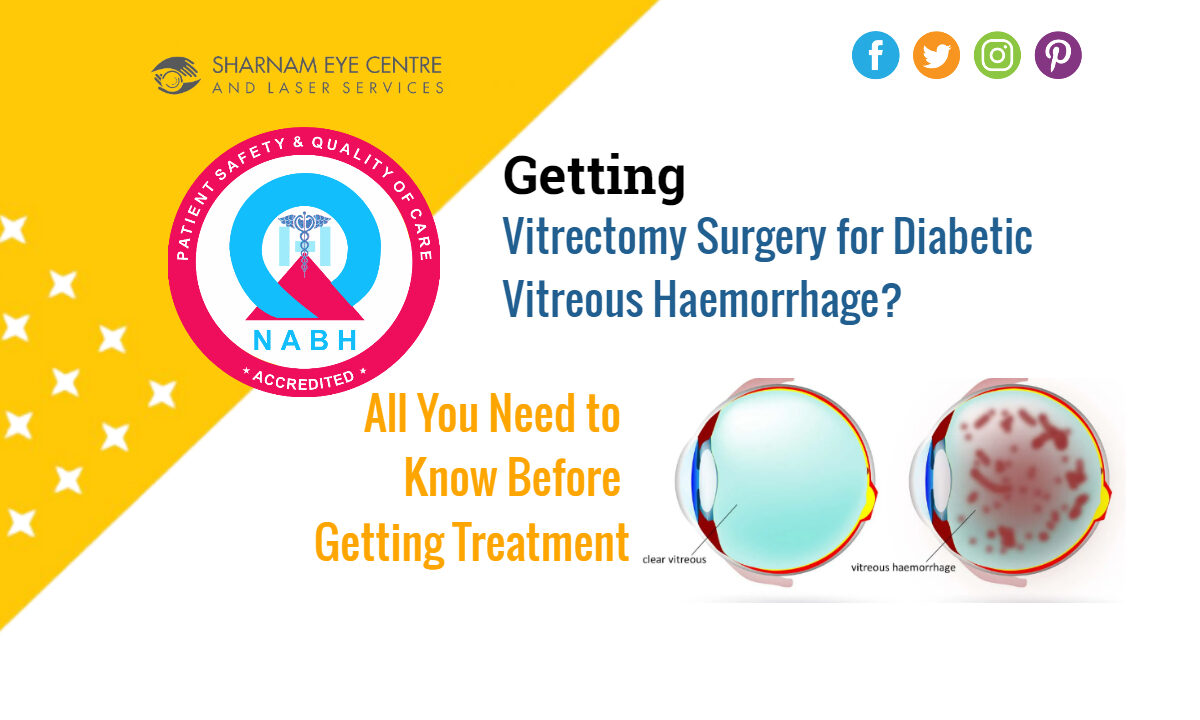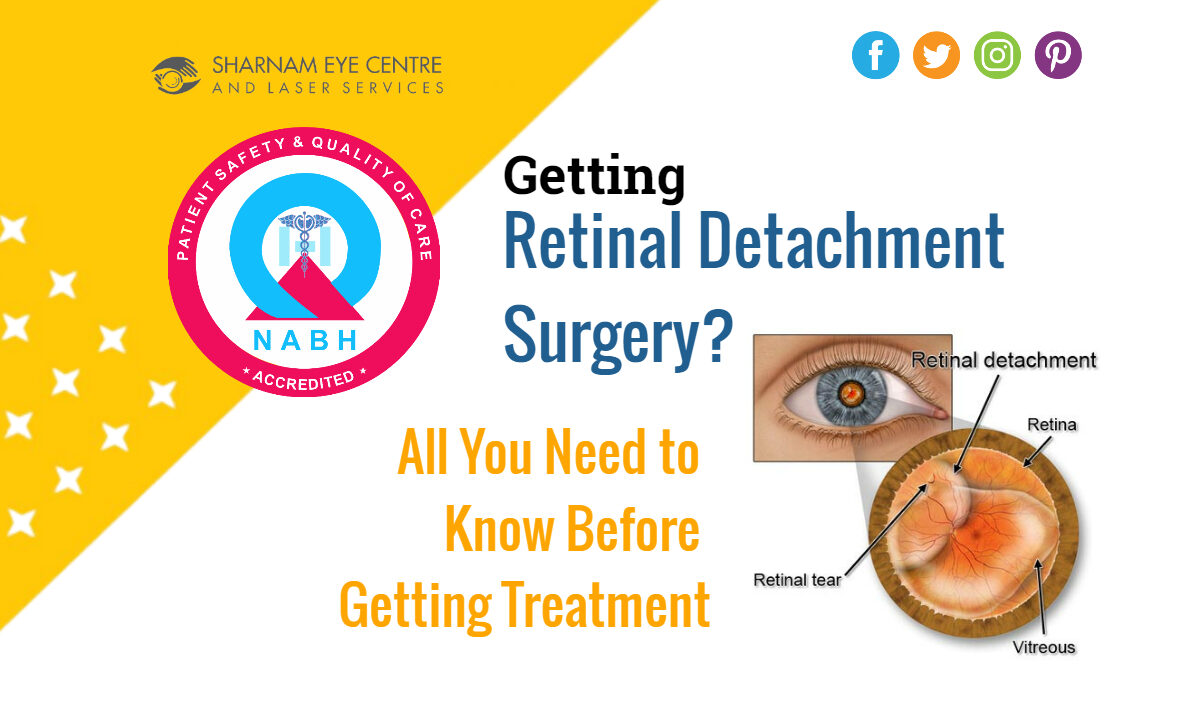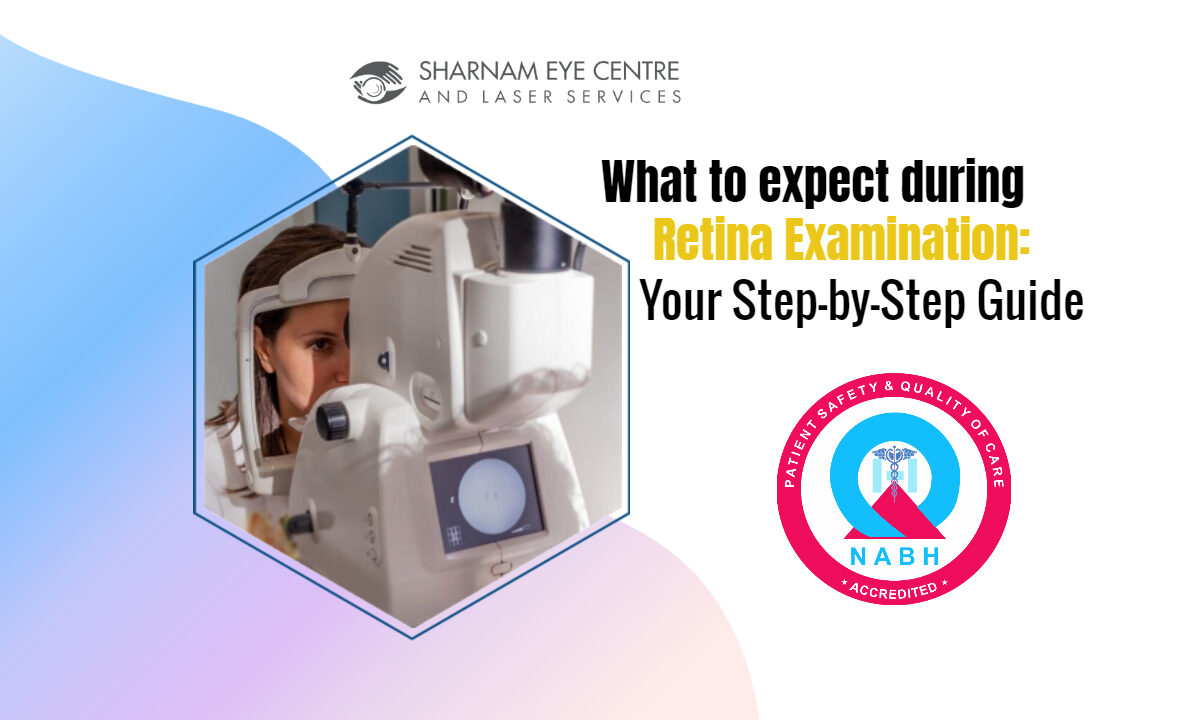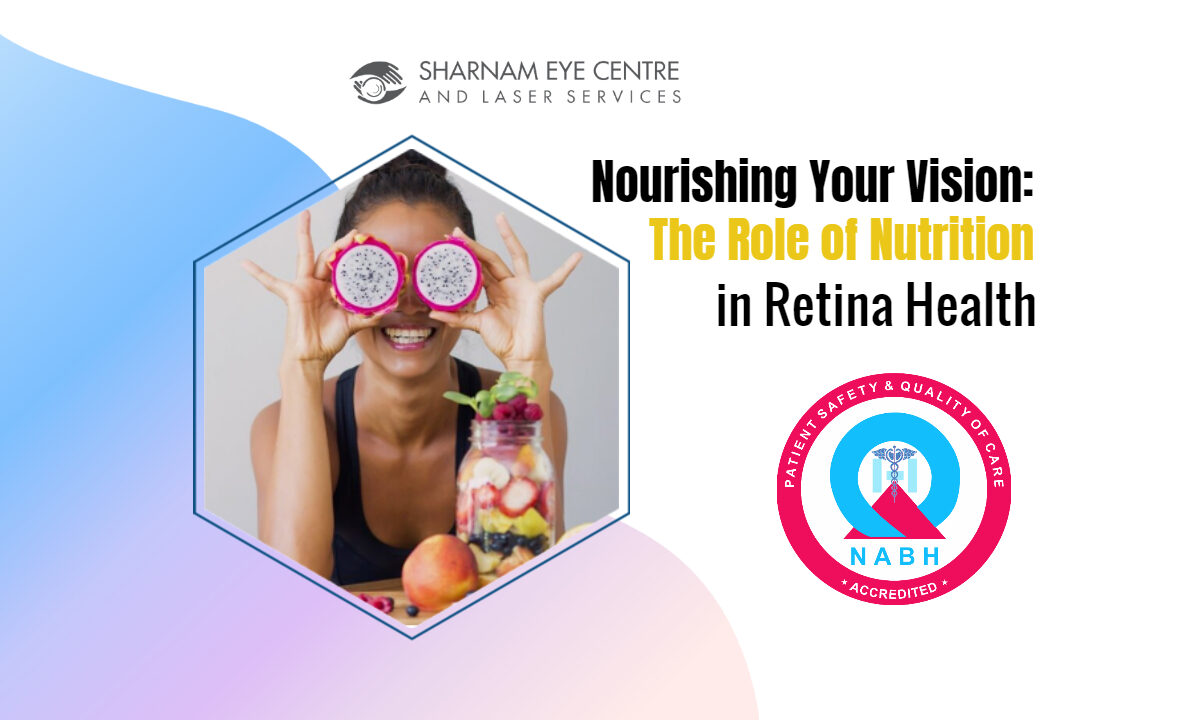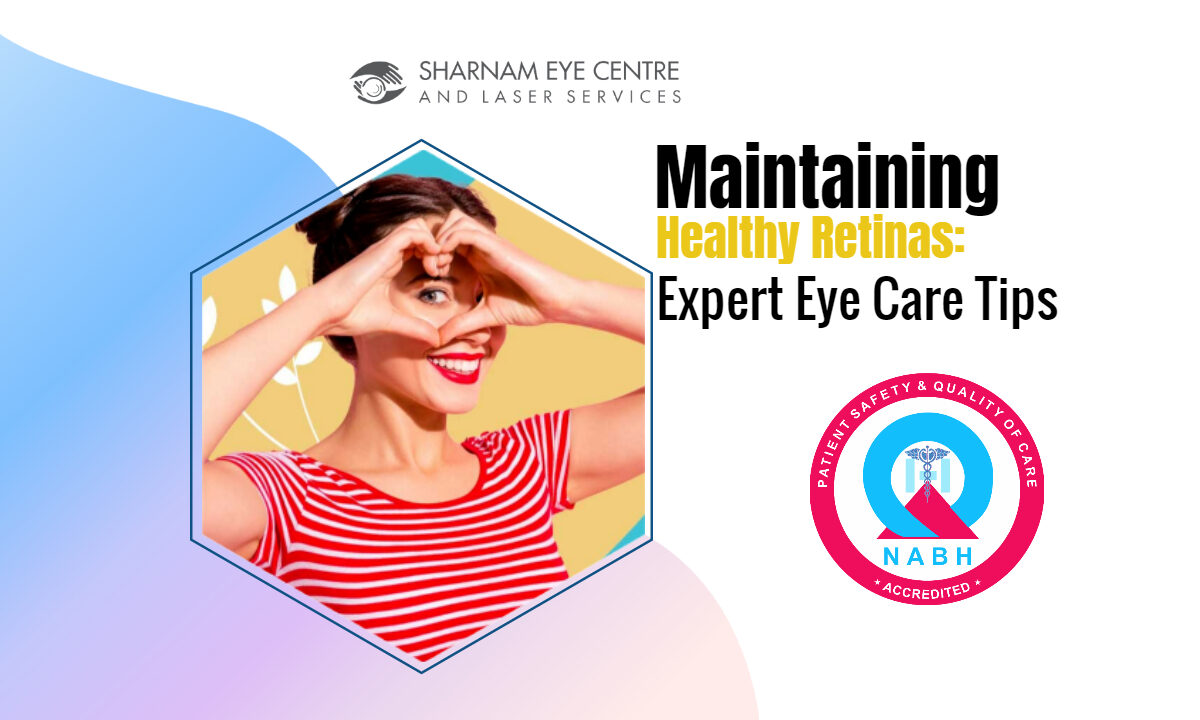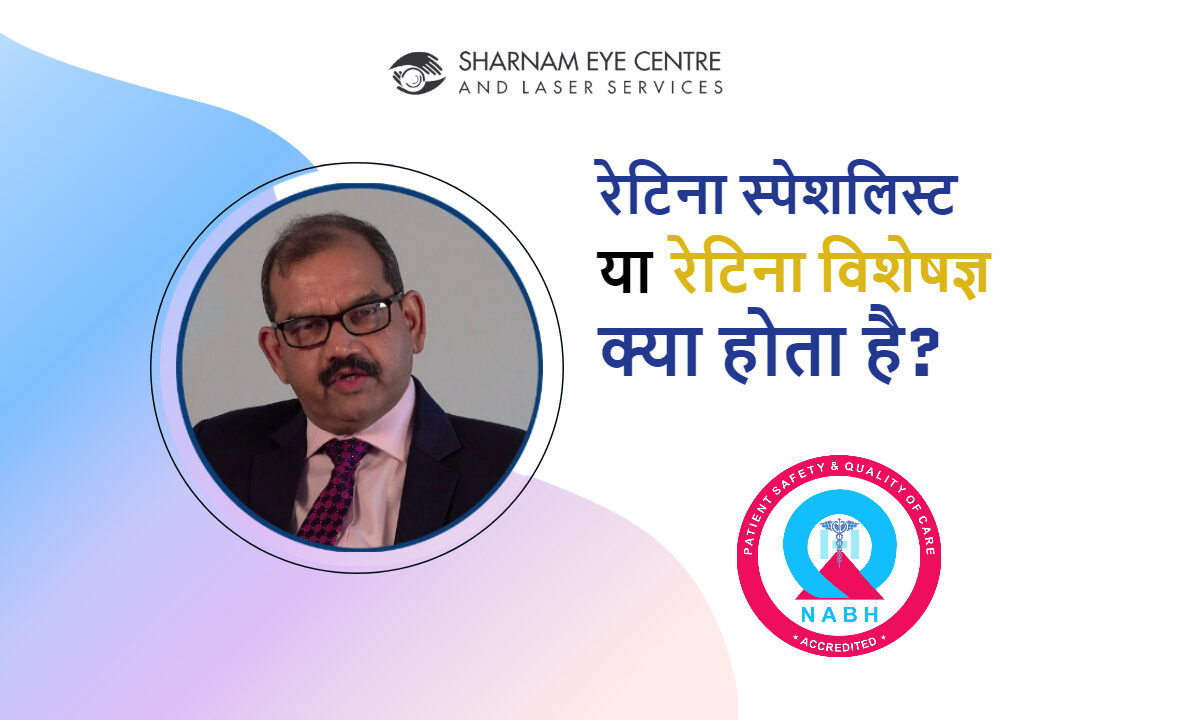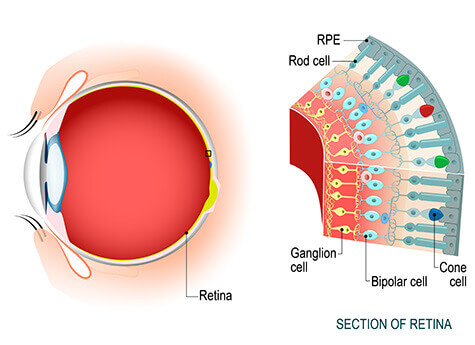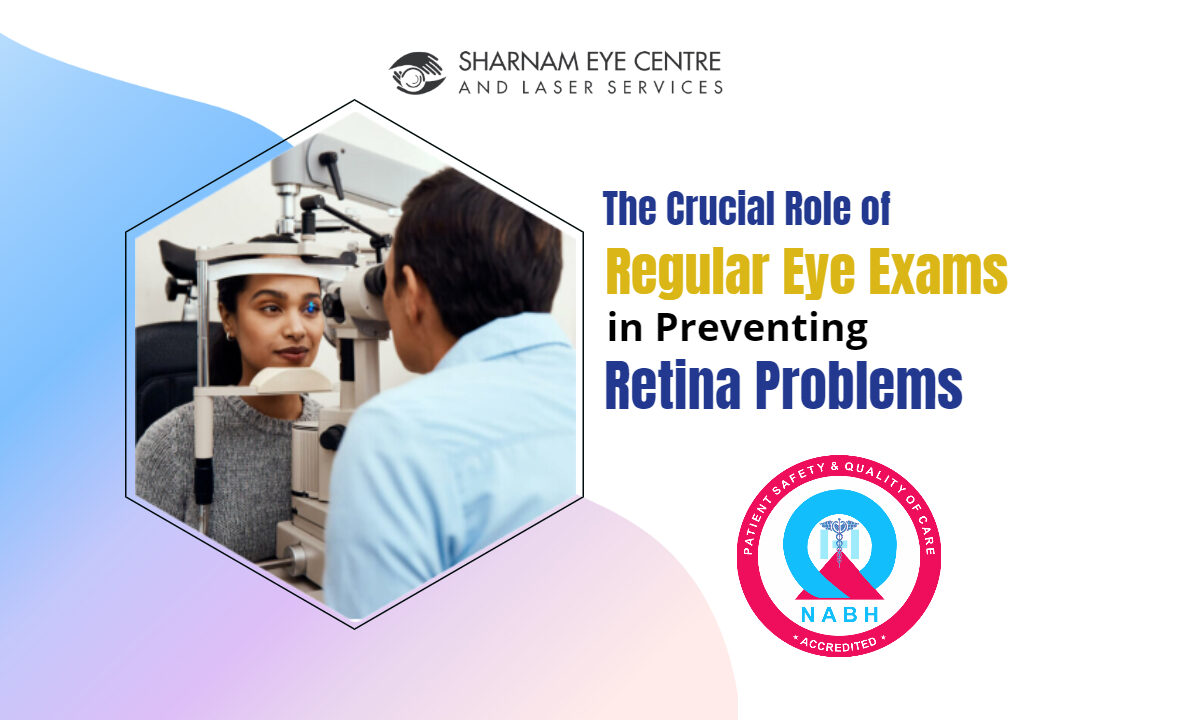Diabetic macular edema (DME) is a common complication in those suffering from diabetes. It involves swelling in the macula due to fluid leakage, which can significantly impact vision. One effective treatment for DME is intra-vitreal injection. If you or someone you know is considering this treatment, here’s a comprehensive guide to ensure you’re well-informed.
1. What is an Intra-vitreal Injection?
Intra-vitreal injection involves injecting medication directly into the vitreous, the jelly-like substance inside your eye. This method ensures direct delivery of the medication to the retina, providing relief from DME symptoms.
2. Why Choose Intra-vitreal Injection for DME?
Several reasons make intra-vitreal injections a preferred choice:
- Targeted Treatment: Directly addresses the affected area.
- Fewer Side Effects: Intra vitreal injections are usually safe.
- Quick Procedure: Takes only a few minutes under local anesthesia.
3. Pre-procedure Preparations:
Before getting the injection, you’ll need a thorough eye examination including OCT or / Angiography . It’s also essential to inform your retina specialist or Ophthalmologist about any medications you’re taking, as some may interact with the DME treatment.
4. What to Expect During the Procedure?
The entire procedure is quick and relatively painless:
- The eye is numbed using drops.
- A speculum is used to keep the eye open.
- The injection is administered with a tiny needle.
- Antibiotic drops are often prescribed post-procedure.
These injections are given with a very fine needle, under microscope very precisely after numbing the eye hence they are safe and painless .
5. Post-procedure Care:
It’s vital to monitor any changes in your vision after the injection. Regular eye and retina check up along with OCT scan is essential to monitor the recovery and modify the treatment if required . Any sudden decrease in vision or increased redness and pain should be reported immediately.
6. Benefits and Risks:
Like all treatments, intra-vitreal injections come with both benefits and risks. While they can significantly improve vision and reduce swelling, potential risks include infection, retinal detachment, and increased eye pressure.
7. Cost:
The cost can vary depending on the medication used . There are choices like Razumab, Accentrix, Eylea, Pegenex and Ozurdex, your retina specialist will inform and discuss about what is best for you . The treatment is done following a protocol tailored as per patient s need .
Conclusion:
Intra-vitreal injections are an effective solution for DME, providing relief and improving vision. Always consult with an Retina specialist or a trained ophthalmologist to determine if it’s the right treatment for you.
Disclaimer: This content is for informational purposes only and should not replace professional medical advice, diagnosis, or treatment.

